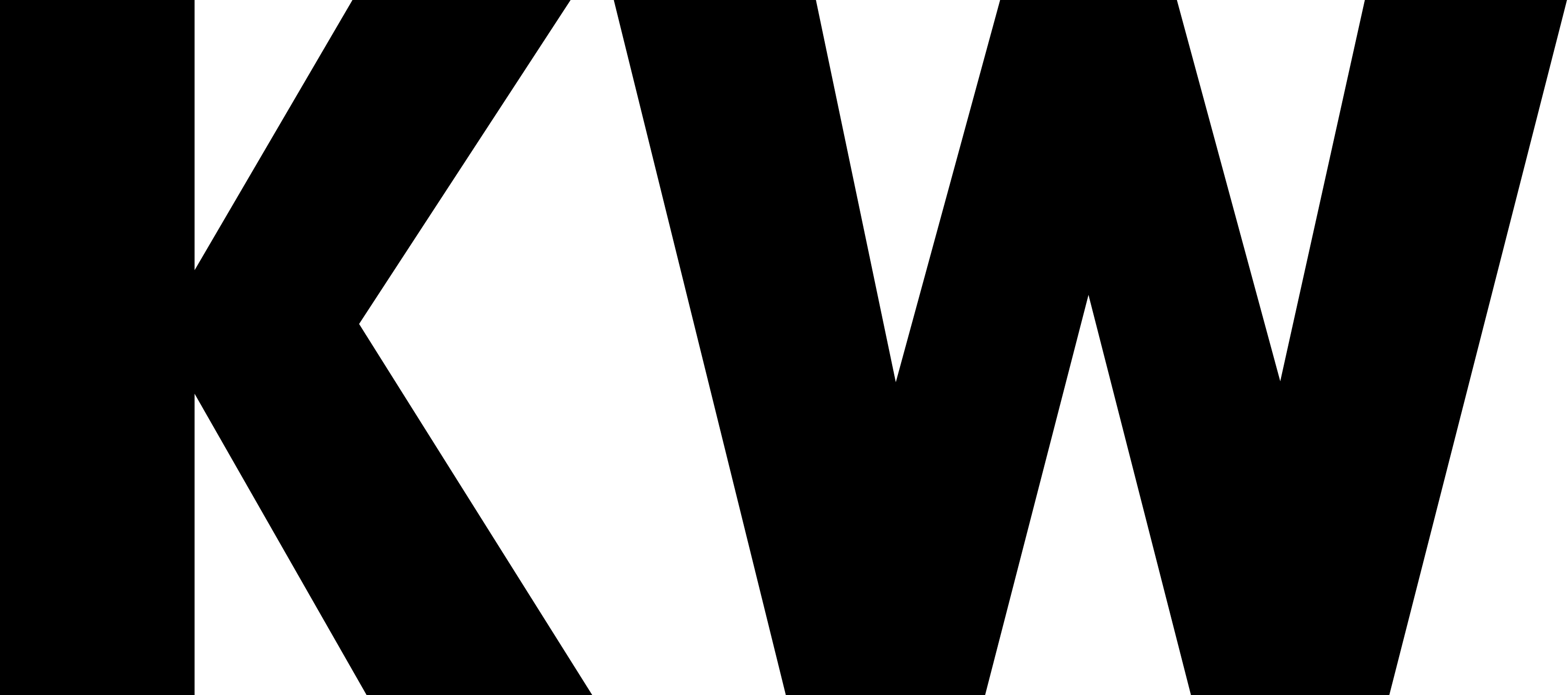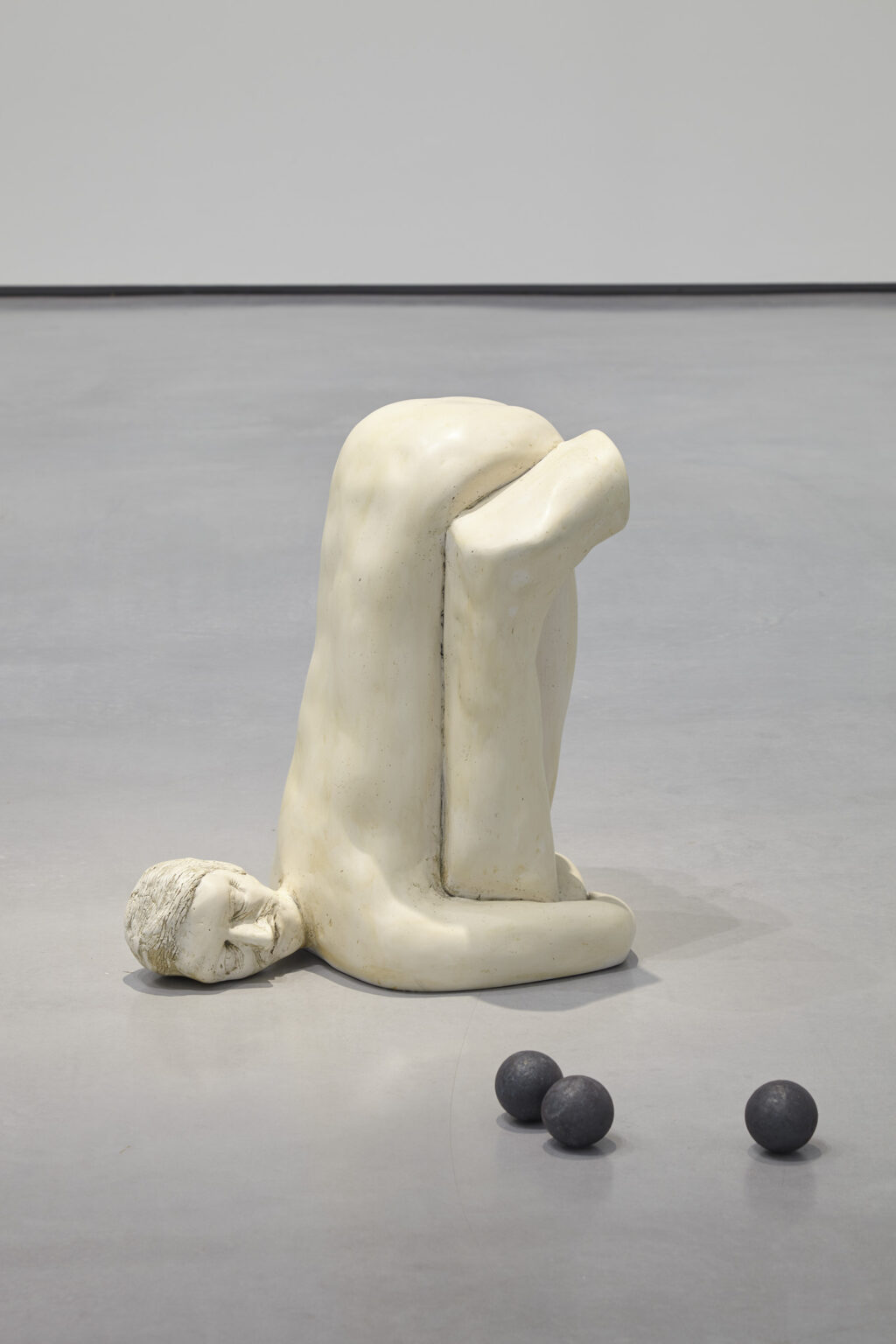Curatorial Text
Enrico David
Destroyed Men Come and Go
10 June – 20 August 23
Curator: Krist Gruijthuijsen
Assistant Curator: Sofie Krogh Christen
KW Studio about Enrico David with Krist Gruijthuijsen and Sofie Krogh Christensen. Production: LOCOLOR, Realisation & Producer: Vincent Schaack, Kamera: Vincent Schaack, Adrian Nehm, Alejandro Mancera, Editing & Color Grading: Lia Valero
KW Institute for Contemporary Art is pleased to present the exhibition Destroyed Men Come and Go by the Italian artist Enrico David, who is based in London. Solely devoted to his sculptural practice, it marks David’s first institutional solo exhibition in Germany. With over 30 years of working in sculpture, David has established himself as one of the most remarkable artists of his generation.
Enrico David (b. 1966, Italy) works in sculpture, painting, textiles, and installation, with drawing being key to his exploration of form. Mining a space between figuration and abstraction, David returns to the body as a point of departure, exploring the human figure as a metaphor for transformation. David’s interest in British and European modern sculpture has shaped his work, taking inspiration from the likes of Barbara Hepworth, Henry Moore and Alberto Giacometti, while, at the same time, retaining an idiosyncratic aesthetic and provocatively ambiguous language. Made from bronze, silkscreen, steel, and plaster polymer, David’s human figures assume various poses, often entering a dialogue with the architecture that surrounds them – hugging the floor, leaning against walls, or being suspended from the ceiling. Through references to anatomy, metamorphosis permeates their forms and connects these works with nature. This continuous morphing is further mirrored in David’s manipulation of materials, with modelling and casting obscuring any clear understanding of their material origin.
Enrico David, Untitled, 2015, Jesmonite, pigment, graphite, cast-iron, 53 x 49 x 37 cm; © Enrico David. Courtesy Michael Werner Gallery, New York and London.
Taken from a quote of Maurice Blanchot, the exhibition’s title elaborates on the relation of existence, speech, and the void in Samuel Beckett’s momentous theatre play Waiting for Godot (1952) and its allegory of the collapse of the rational mind. In his The Writing of the Disaster, Blanchot writes “We have fallen out of being, outside where, immobile, proceeding with a slow and even step, destroyed men come and go,” describing humanity’s fall from grace in the Anthropocene. Conveying the struggle of adaptation of the self, David’s sculptures pick up on Blanchot’s thoughts on subjectivity and critically unfold the body’s autonomy through different stages of non-beings and becomings.
David favors time travel to connect the way the body is depicted into different states of being through various periods of global civilization – whether this is sleeping, hanging, relaxing, or decaying form. His references are deliberately naïve and broad, including nods towards the Maya culture, the Tang Dynasty, or the Wiener Werkstätte. However, David’s appropriations are recontextualized to focus on their formal and universal qualities, in which dysmorphic shapes, created, for example, by photographic documentation, offer new opportunities for human and non-human figuration. The artist’s work is replete with these disembodied personae, which, for all their vulnerability and grotesqueness, are frequently considered to be self-portraits. The notion of anthropomorphism is an ongoing thread in David’s work that has limbs extend furniture and bodies dissolve to manifest ornamentation. This is a repetitive and circular process, shaping and reshaping the human form and continuously making it anew. These imageries grapple with forms of surrealism in which its theatricality confronts our modernist understanding of abstraction.
Enrico David, Untitled, 2015, Bronze, From an edition of 3-1 AP, 163 x 26,5 x 19,5 cm; © Enrico David. Courtesy Michael Werner Gallery, New York and London.
The exhibition at KW starts with a three-dimensional assemblage, which takes on the form of a diorama, a picture-viewing device that originated in 1823. The word’s literal translation is “through that which is seen,” from the Greek di- “through” + orama “that which is seen, a sight.” The world David unfolds here features an image of a sculpture from the ancient Maya, a male figure in a relaxing pose that appears to be pregnant, as well as an image he borrowed from artist and friend Henrik Olesen in Some Faggy Gestures (2008), which depicts a sculpture attached to a Medieval church in Autun with an odd display of its derriere. Bronze limbs of a dismembered body are scattered around these two images, with the somewhat larger drawing operating as a backdrop for the whole scenery. As the title suggests, Study for Circulation of the Eye: Our Body and the Body of the Thing (2022) functions as a mechanism for associative reading and formal juxtapositions while simultaneously opening up a space of intimacy. The work operates as an introduction to the exhibition’s readability and has the gallery itself function as a scaled-up diorama. The “creatures” inhabiting this world are of awkward sizes, at times mirroring that of an adolescent child. Scale, in general, is an essential element in David’s sculptures, as is the repetition of forms that has them function as an echo.
Enrico David, Untitled, 2015, Silkscreen on aluminum, 244 x 150 cm; © Enrico David. Courtesy Michael Werner Gallery, New York and London.
KW’s main hall presents an unprecedented spatial and theatrical arrangement, a space of waiting and suspense, blurring the lines between drawing, sculpture and theatrical prop. Having fallen out of being and getting caught up in a constant mode of performative transformation, the anthropomorphic creatures and Blanchot’s destroyed men are alike in that they remind us of humanity’s inherent collapse. These timely reflections on the bodily form, its perception, and its threats become mirrors, the reflections of which challenge our existential fears and desires.
The exhibition is accompanied by an artist book which replicates in format and graphic layout the publication Die Wiener Werkstätte 1903-1928. Modernes Kunstgewerbe und Sein Weg from 1929. Featuring contributions by Sofia Silva and Henrik Olesen. David sees the book as an extension of the exhibition, where translation, appropriation and editing operate as equivalent processes to his sculptural practice.
Enrico David, Untitled, 2015, Jesmonite, graphite, wood, vinyl, watercolor on paper, cast iron balls, 155,5 x 26 x 16,5 cm; © Enrico David. Courtesy Michael Werner Gallery, New York and London.
Artist bio
Enrico David (b. 1966, Ancona, Italy) has been the subject of major solo exhibitions at prominent art institutions, including Hirshhorn Museum and Sculpture Center, Washington, D.C.; Museum of Contemporary Art, Chicago; Sharjah Art Foundation; Lismore Castle; The Hepworth Wakefield, West Yorkshire; Maramotti Collection, Reggio Emilia; UCLA Hammer Museum, Los Angeles; New Museum, New York; Fondazione Bevilacqua La Masa, Venice; Museum für Gegenwartskunst, Basel; Seattle Art Museum; and ICA London. In 2019, David represented Italy in the Italian Pavilion at the Venice Biennale. David currently lives and works in London.
Colophon
Curator: Krist Gruijthuijsen
Assistant Curator: Sofie Krogh Christensen
Head of Production: Mathias Wölfing, Claire Spilker (on Parental Leave)
Technical Management: Wilken Schade
Head of Installation, Media Technology: Markus Krieger
Installation Team: KW Installation Team
Registrar: Monika Grzymislawska
Assistant Registrar: Carlotta Gonindard Liebe
Education and Art Mediation: Laura Hummernbrum, Alexia Manzano (on Parental Leave)
Public Program and Outreach: Nikolas Brummer
Press and Communication: Anna Falck-Ytter, Marie Kube
Assistant Press and Communication: Luisa Schmoock
Text and Editing: Krist Gruijthuijsen, Sofie Krogh Christensen
Translation and Copy-Edit: Dr. Sylvia Zirden, Simon Wolff, Katrin und Hans Georg Hiller von Gaertringen
Academic Traineeship: Lara Scherrieble
Interns: Isabella de Arruda Ilg, Pia Gottschalk, Marie Hütter, Teresa Millich

The exhibition Enrico David – Destroyed Men Come and Go is generously supported by the Henry Moore Foundation and KW Freunde.

With special thanks to Michael Werner Gallery, New York and London

Media partner: Flux FM





